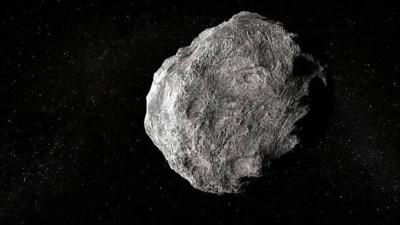Scientists have found water molecules on an asteroid for the first time, a significant achievement that could help uncover how Earth formed as it is today. The study of asteroid composition has allowed astronomers to reveal how materials, including water, are distributed throughout the solar system and how this distribution has evolved over time. Since water is a key element for all forms of life on Earth, researchers hope this new understanding will assist in finding locations to search for potential life, both within the solar system and beyond.
Astronomer Anisia Aridondo, who participated in the discovery, stated: "Asteroids are remnants of the planet formation process, so their compositions vary depending on where they formed in the solar nebula." In the new study, scientists uncovered "unambiguous" signatures of molecular water on the asteroids "Eris" and "Masalia." They used data from the now-retired Stratospheric Observatory for Infrared Astronomy (SOFIA), a joint project by NASA and the German Aerospace Center, to achieve this discovery.
While previous observations detected a form of hydrogen on the Moon and asteroids, they could not distinguish between water and its chemical relative, hydroxyl. Scientists had previously found what is roughly equivalent to a 12-ounce (355 ml) water bottle trapped in a cubic meter of Moon surface soil, which was chemically bonded to minerals. In the new study, researchers found the level of water on the asteroid corresponds to its abundance on the sunlit surface of the Moon.
Dr. Aridondo added, "Similarly, on asteroids, water can also be associated with minerals, as it can be absorbed by silicates and held or dissolved in silicate glass." Following these recent findings, scientists are enlisting the first space telescope to operate in the infrared, NASA's James Webb Space Telescope, to investigate more targets due to its precise optics and high signal-to-noise ratio.




